Top speed 260 km/h Length 7 m | Wingspan 15 m | |
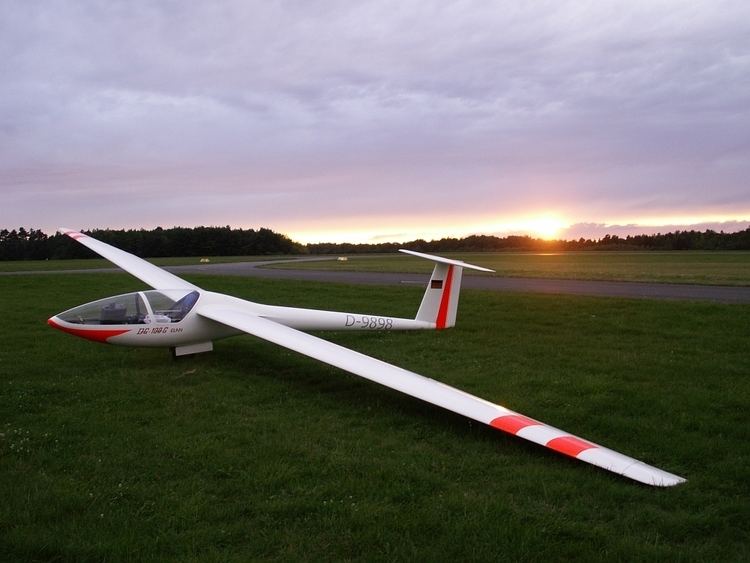 | ||
The Glaser-Dirks DG-100 of 1974 is the first sailplane manufactured by Glaser-Dirks, developed from the Akaflieg Darmstadt D-38, the Standard class sailplane was designed by Wilhelm Dirks.
Contents
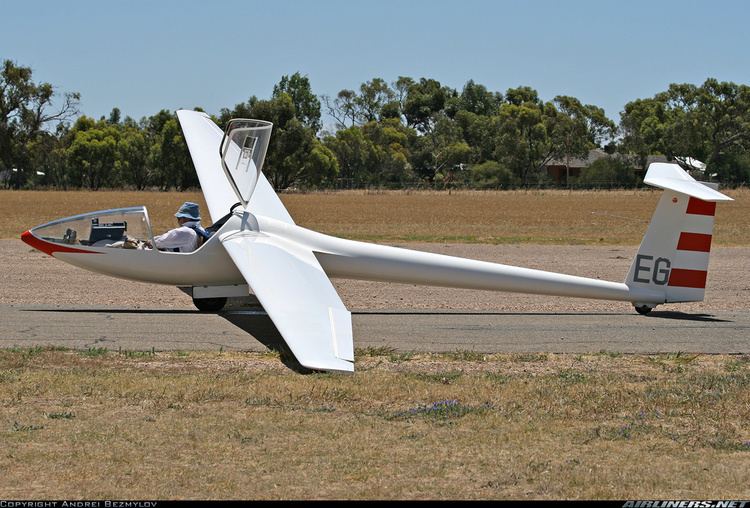
Development
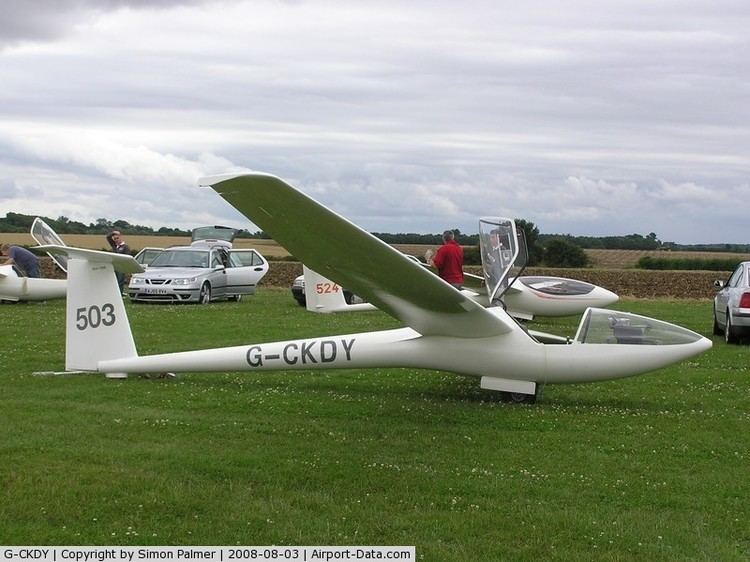
The first model had an all-flying tailplane, with anti-balance tabs along the entire trailing edges, and a two-piece canopy (movable and fixed parts), built of GFRP (glass-fibre reinforced plastic)/foam sandwich materials and resin impregnated rovings for high strength parts. Successive developments included the DG-100G, DG-101 and DG-101G. Most models are available with water ballast bags in the wings.
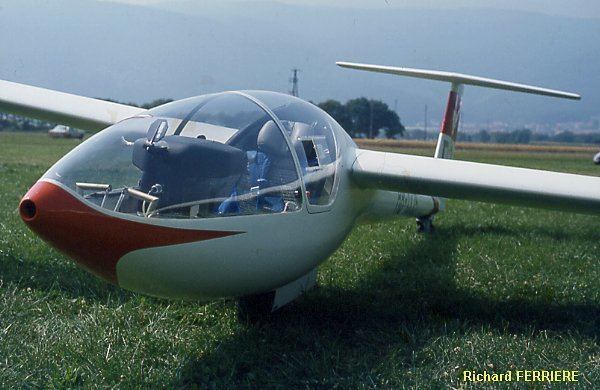
The DG-101 and DG-101G had improvements such as a single-piece front-hinged canopy, improved crash resistant cockpit and a conventional tailplane (with fixed horizontal stabilizer and articulated elevator). There was also a club version of this sailplane with fixed landing gear. All models featured top-surface-only air brakes.
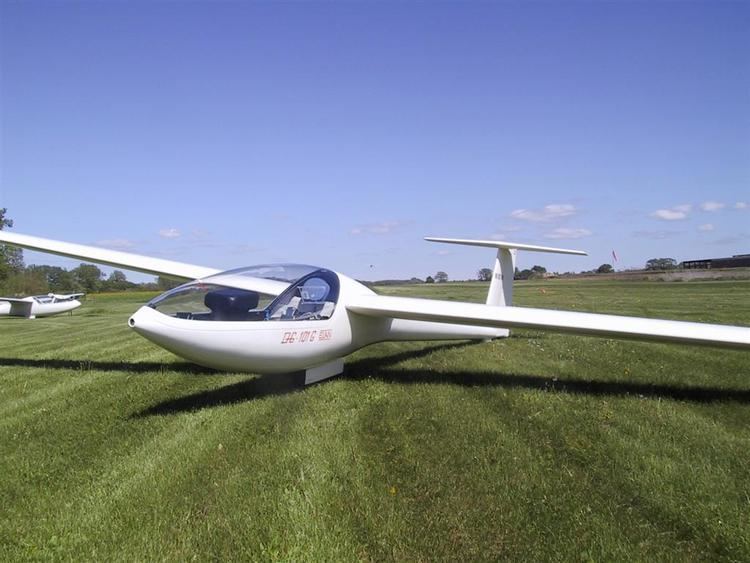
Some later models were also manufactured by the Elan company in Slovenia and can be identified by the word "ELAN" on the fuselage and rudder. The serial number of these gliders is prefixed with "E".
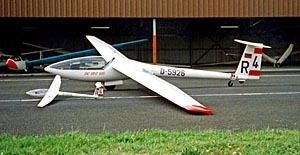
Although these gliders were designed in the 1970s, they are still popular in the Club class and remain competitive in Sports class contests (which are handicapped).

The wing's control surface hookups are non-automatic and utilize L'Hotellier fittings, which must be secured by a secondary means such as a safety pin, safety wire, Uerling Sleeve or Wedekind Sleeve (See this web page for more details on this subject).
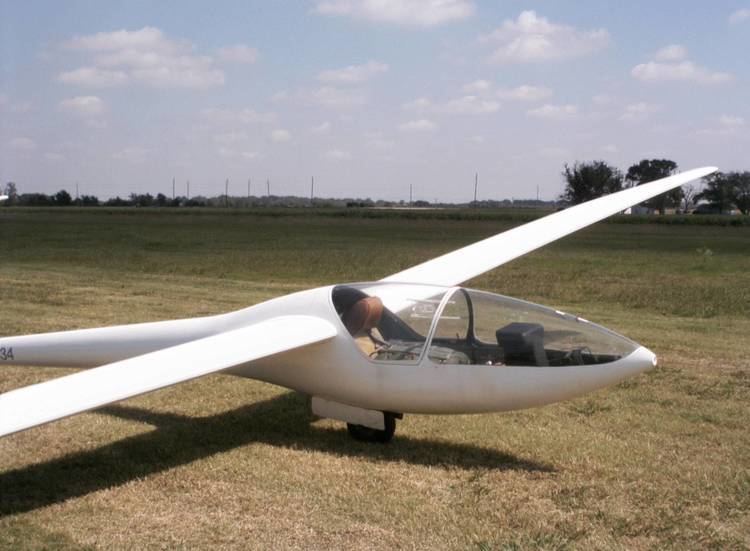
The Glaser-Dirks Company declared bankruptcy, after which the newly organized company DG Flugzeugbau GmbH assumed responsibility for servicing the gliders.
Variants
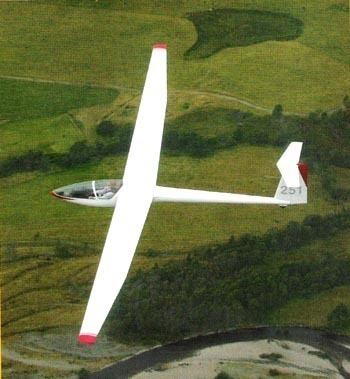
Specifications (DG-100)
Data from Jane's All The World's Aircraft 1982–83.
General characteristics
Performance
